 Seeing Math™ Secondary: Video
Seeing Math™ Secondary: Video
Seeing Math™
Secondary courses revolve around video segments of students attempting
algebra challenges similar to those the participant has already tried. The videos serve as objects of study, creating dynamic
and authentic learning experiences that stimulate observation, analysis,
and reflection and shed light on student thinking about mathematics.
These videos present students and teachers in real-life situations,
in which there are no right or wrong ways to learn or to teach.
So, rather than lead participants to a specific conclusion or interpretation,
Seeing Math™ Secondary draws from each video to establish a framework
for grounded and provocative discussions.
Note: In order to view the following video, you must have QuickTime installed. If the video shows up as a missing icon, you probably don't have it installed. QuickTime is a free download for Mac and Windows.
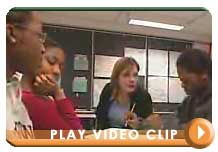 Sample
Video: Sample
Video:
"An Equation for Dial-N-Go"
Grade range: 9 to 12
As part of a lesson in Linear Functions, students in this algebra class analyze competing cell phone plans. These students typically are expected to write equations and draw a graph when asked to solve problems. They follow the same pattern in this activity, even though it does not explicitly request graphs or equations.
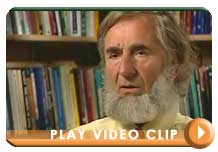 Sample
Video: Sample
Video:
"Student Difficulties"
Grade range: 9 to 12
As a commentator for Linear Functions, James Kaput, PhD, a leading mathematics educator and researcher at the University of Massachusetts, Dartmouth, talks about specific classroom challenges. Dr. Kaput uses the terms "over-learning" and "over-teaching" to explain students' difficulty with writing and interpreting the equations that don't conform to the y = mx + b (slope-intercept) format. He suggests that piecewise linear functions and functions expressed in point-slope form can help to address the difficulties raised by over-learning and over-teaching the slope-intercept form.
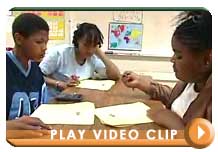 Sample
Video: Sample
Video:
"Add or Multiply"
Grade range: 9 to 12
During a lesson in Proportional Reasoning, students struggle to cope with unexpected results in a problem. They begin to try operations, seemingly at random.
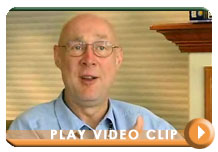 Sample
Video: Sample
Video:
"The Heart of Algebraic Thinking"
Grade range: 9 to 12
As a commentator for Proportional Reasoning, Richard Lesh, PhD, Chair of Indiana University's Learning Sciences Program and Director of its Center for Research on Learning & Technology, points out that describing and making sense of a problem remains at the heart of algebra. He notes that despite practice in computation (year after year), students continue to make computational mistakes. Why? Perhaps, he suggests, the difficulty is not in the procedures so much as finding the conceptual framework to describe the problem fully, and thus make the computation meaningful.
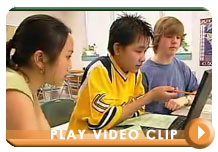 Sample
Video: Sample
Video:
"They're All Still at Different Points"
Grade range: 9 to 12
As part of a lesson in Quadratic Functions, students are charged with moving a family of parabolas so that they all have a vertex of (2,0). Watch as they try to differentiate vertex and polynomial forms.
In addition
to documenting classroom situations, Seeing Math™ Secondary includes
videos of nationally recognized math education specialists who comment
on the math concepts, student thinking, and instructional practices
shown in the classroom videos.
For access to complete case studies, please visit PBS
TeacherLine.
|
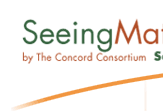
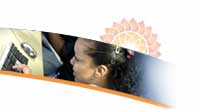
 Seeing Math™ Secondary: Video
Seeing Math™ Secondary: Video




